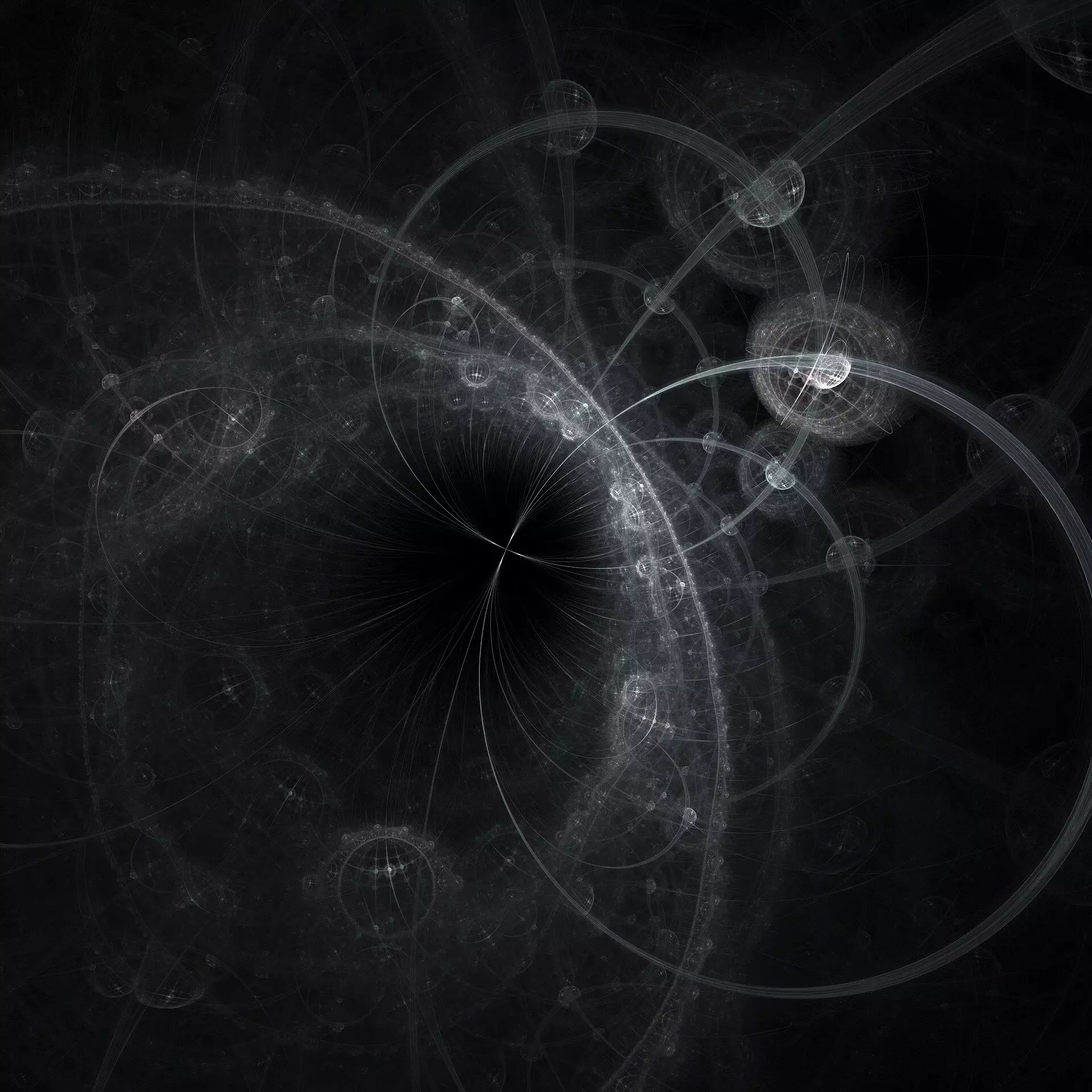In a significant advancement for the field of particle physics, researchers at CERN have unearthed a rare particle decay process that may pave the way for groundbreaking insights into the fundamental interactions governing the building blocks of matter. This discovery, made by the NA62 collaboration, was recently shared at a CERN EP seminar and marks the first experimental observation of an incredibly rare decay involving a charged kaon. The decay process in question, represented by the equation K+ → π+νν̄, transforms a charged kaon into a charged pion alongside a neutrino-antineutrino pair. This event is significant because the Standard Model of particle physics anticipates that the probability of such decay is extraordinarily low—predicted to occur in less than one of every ten billion kaons.
The NA62 experiment was meticulously designed over a decade ago with the specific goal of measuring this kaon decay, showcasing the dedication of scientists towards investigating phenomena that challenge existing theories. Professor Cristina Lazzeroni, a prominent figure in particle physics at the University of Birmingham, emphasized the importance of this finding, stating that the discovery of K+ → π+νν̄ represents the rarest decay established at the renowned “5 sigma” discovery level. Such a high confidence level in statistical significance characterizes the result as more than mere coincidence, underlining the hard work and collaboration that went into achieving it.
Kaons, the focus of this study, are generated through a high-intensity proton beam that collides with a target, yielding a secondary stream of particles. Among these particles, nearly a billion fly towards the NA62 detector every second, with around 6% being the desired charged kaons. The meticulous design of the detector allows researchers to track and measure each particle, though the neutrinos, essential to the decay process, appear indirectly through apparent missing energy.
The announcement of this rare decay conclusion has been a long time coming, with the research rooted in efforts that began over ten years ago. Professor Giuseppe Ruggiero, hailing from the University of Florence, reflected on the thrill and the challenges associated with seeking events in nature with probabilities as minuscule as 10^-11. His remarks highlight the patience and rigorous methodology required in experiments of such fine granularity. The synergies between upgrades to the NA62 setup and the integration of enhanced analysis techniques resulted in a 50% increase in the collection rate for signal candidates. This effectively positioned the experiment to capitalize on recent advancements that could lead to revolutionary implications for particle physics.
As the research progresses, one significant aspect of the kaon decay process is its sensitivity to potential new physics beyond the current Standard Model framework. The measured fraction indicating kaons decaying into a pion and two neutrinos stands at about 13 in 100 billion—a figure largely in line with predictions but about 50% greater. This discrepancy opens the door to speculation that new particles might be influencing this undiscovered behavior, elevating the need for further data validation to either confirm or dismiss these possibilities.
Professor Evgueni Goudzovski, a pivotal member of the Birmingham team, expressed pride in the collaborative spirit of the NA62 project that has drawn top talent and fostered leadership opportunities, especially among early-career researchers. It is noteworthy that several key roles within the experiment are filled by former students from Birmingham, illustrating a commitment to nurturing the next generation of physicists in this rapidly evolving field.
The NA62 experiment is currently ramping up its data collection at CERN, with projections suggesting that they may clarify the presence of new physics within the kaon decay process either way in the few years to come. As researchers dive deeper into this complex landscape of particle interactions, the implications of their findings could significantly reshape our understanding of the fundamental laws of physics, rendering this research not only a scientific breakthrough but potentially a major game-changer for the field. Scientists globally will undoubtedly be keeping a close watch on the continuing progress of the NA62 collaboration and its pursuit of deeper truths within the quantum realm.


Leave a Reply